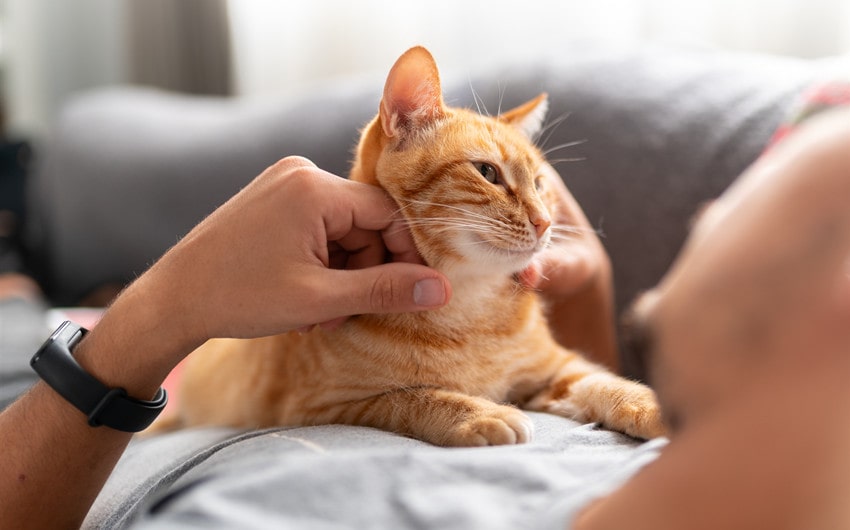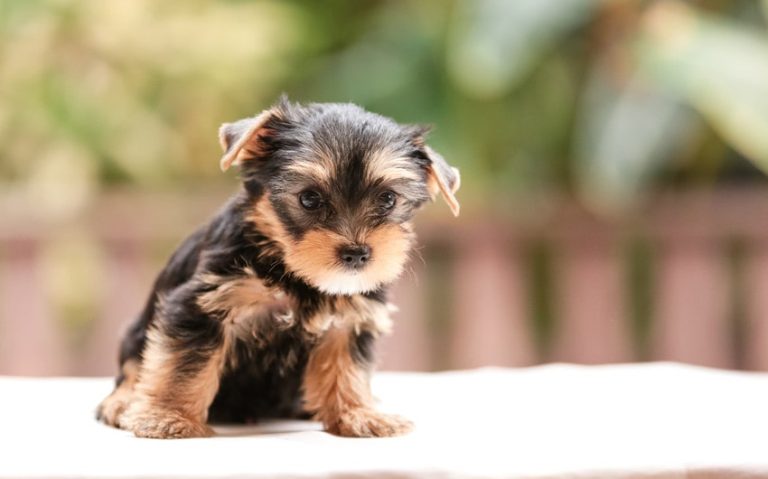Why Are Cats So Cute? The Science and Mystery Behind It
I caught myself baby-talking to a cat video again and had to ask—why are cats so cute? It’s not just me, right? There’s something irresistible about the way they blink slowly, loaf their paws, or randomly sprint across the room like tiny parkour champions. Turns out, there’s actual science behind our obsession with feline adorableness—and a little bit of magic too.
It Starts With the Baby Schema
The “baby schema” theory, first introduced by ethologist Konrad Lorenz, explains why certain facial features—large eyes, rounded faces, and small noses—automatically trigger caregiving instincts in humans. Cats, especially kittens, fit this mold perfectly. Even as adults, many breeds like Persians and Scottish Folds retain a youthful look known as “neoteny,” which makes them appear perpetually baby-like.
Researchers have found that our brains react to these features by activating areas related to reward and pleasure. One study in Frontiers in Psychology found that people show more attention and emotional warmth toward animals with baby-like features. It explains why cats—more than animals with elongated faces or smaller eyes—consistently make us melt.
That Fluffy, Perfectly Smooshable Fur
Even the visual of a cat’s fur can invoke a sense of comfort. Whether it’s the plush, thick coat of a Ragdoll or the fine, silky hair of a Siamese, their textures play into a deeply human love of softness. Touch and sight both contribute to how we perceive “cuteness,” and the look of softness can be just as powerful as the feel.
There’s also cultural weight to this. Throughout history, fur has been associated with luxury, warmth, and care—from royal garments to plush toys. So when I see a fluffy cat loafed up on the couch, I’m not just seeing an animal—I’m seeing a walking embodiment of everything soft and safe. No wonder I want to reach for it instinctively.
Their Weird Little Behaviors Are Pure Comedy
I can’t count how many hours I’ve spent laughing at cats being ridiculous. The internet agrees: cat videos are consistently some of the most-watched content on platforms like YouTube, TikTok, and Instagram. Their appeal lies in how unpredictably hilarious they are—pouncing at invisible enemies, cramming into boxes three sizes too small, or jumping six feet in the air from a zucchini.
Humor researchers say this taps into what’s called “benign violation theory”—where something is funny because it breaks expectations in a harmless way. Cats are elegant one second and absolute chaos the next. That surprise, paired with their tiny size and expressive eyes, makes everything they do absurdly entertaining.
And the fact that they have no idea they’re funny? That just makes them cuter.
They Know How to Be Mysterious
Cats are masters of subtlety. A dog might bark or jump all over you, but a cat? It might blink slowly from across the room. That emotional restraint creates intrigue. When a cat shows you affection, it feels like you earned it—and that sense of exclusivity makes the moment even sweeter.
This lines up with something psychologists call “reward uncertainty.” When you don’t know if or when you’ll get a reward, your brain becomes more engaged. Cats exploit this perfectly. One minute they’re aloof, the next they’re curled up in your lap, purring like a motorboat. That unpredictability keeps me coming back for more, always wondering what they’re going to do next.
They’re Masters of the “Cat Gaze”
When a cat stares at you, it can feel intense—but in a good way. Studies show that when cats slowly blink at humans, they’re signaling trust and affection. When I return the slow blink, I’m basically telling the cat, “I see you, and I feel safe with you.”
This kind of non-verbal bonding triggers oxytocin—the same hormone that strengthens connections between parents and babies. It’s also been linked to lower stress levels. A study in Current Biology even found that cats respond more positively to humans who initiate slow blinks, proving that our connection is more than projection—it’s mutual.
They’re Both Tiny Predators and Tiny Babies
Here’s the strange contradiction that makes cats so captivating: they are adorable predators. Beneath the purrs and toe beans lies a built-in hunting machine. They stalk, pounce, and swat with precision. Watching a cat “hunt” a feather toy or laser dot is like seeing a lion in miniature.
This blend of danger and cuteness creates what scientists call a “supernormal stimulus.” Our brains are drawn to animals that exaggerate certain traits. Cats have evolved to be stealthy and effective predators, but they’ve also retained physical features that signal innocence. It’s this contrast—ferocity wrapped in fluff—that makes them endlessly fascinating to watch and interact with.
They’re Always Themselves
Perhaps the most charming thing about cats is how unapologetically themselves they are. They don’t follow commands for approval. They don’t fake emotions to keep the peace. If they love you, you’ll know. If they don’t, you’ll know that too. It’s this authenticity that makes every cat-human bond feel deeply personal.
Unlike dogs, who are often praised for loyalty and eagerness to please, cats command respect. They model self-respect in a way I honestly envy. They rest when tired, walk away when overstimulated, and choose affection on their own terms. And in a world that often expects people to perform or conform, cats are a refreshing reminder that it’s okay to just be exactly who you are.
Final Thoughts
I went into this topic expecting some fluff (pun intended), but I came out with genuine admiration for just how complex cuteness really is. Cats aren’t just cute because of how they look—they’re cute because of what they awaken in me: nurturing, wonder, curiosity, and joy. That’s a lot of power for a loaf with whiskers.







